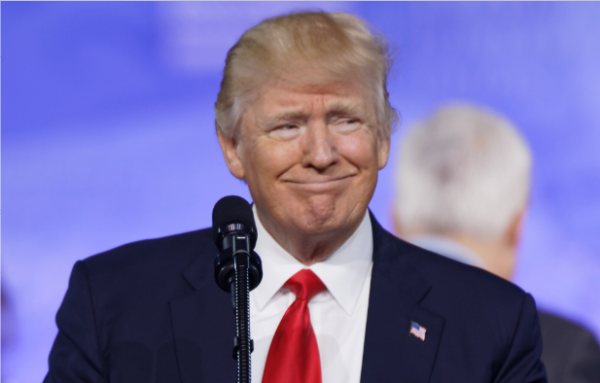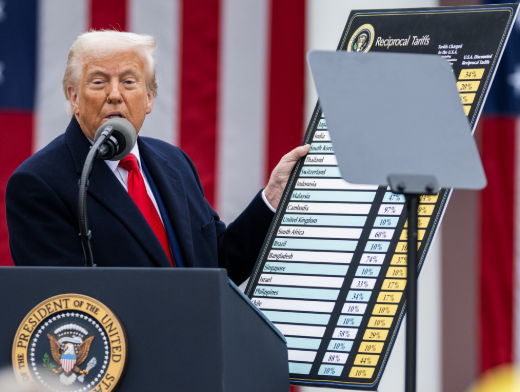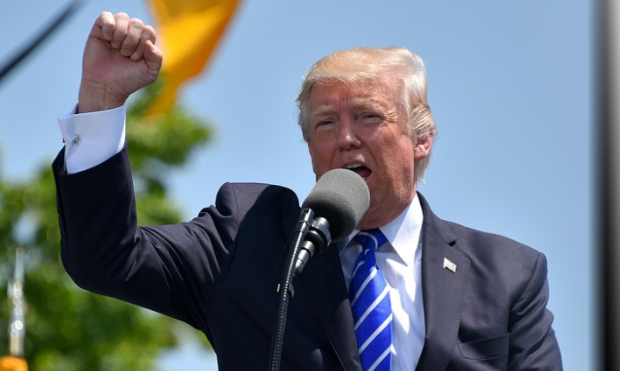Donald J. Trump, the 47th president of the United States, has recently placed across-the-board tariffs on nearly all countries around the globe, excluding Mexico, Canada, Russia, Belarus, Cuba and North Korea.
These tariffs, which Trump calls “Reciprocal Tariffs” were mostly put to a 90 day pause on April 9, with the exception of China, whose tariffs were raised to 125%. Even with these changes, the new tariff policies could affect you and others in your area.

First, local businesses, both big and small, may start to see increased prices across the board, especially for goods that aren’t produced in the United States. If one owns stocks, the tariffs can cause very volatile markets, which can hurt their savings. Another effect these tariffs can have locally is raising inflation, which could make prices even more expensive.
People in favor of tariffs argue that the short-term economic issues will lead to long-term financial growth and a restoration of American industrial power. They also argue that it will lead to less of a reliance on Chinese and other nations goods.

Meanwhile, those against tariffs counter that tariffs will actually hurt long-term economic growth and will tarnish our ability to negotiate with China in the future.
History teacher Andrew Warren understands the historical value of tariffs.
“Tariffs have historically played a key role in the economic policy of the United States,” Warren said. “Their purposes include to generate revenue for the federal government and support domestic, industrial businesses. For example, the Tariff of 1828 was passed during John Quincy Adams’ presidency to protect Northern and Western agricultural and manufacturing industries from foreign competition.”
Students who want to overcome these tariffs can try purchasing products before the effects of tariffs hit the market, switching to domestic or second-hand goods, and staying informed.







